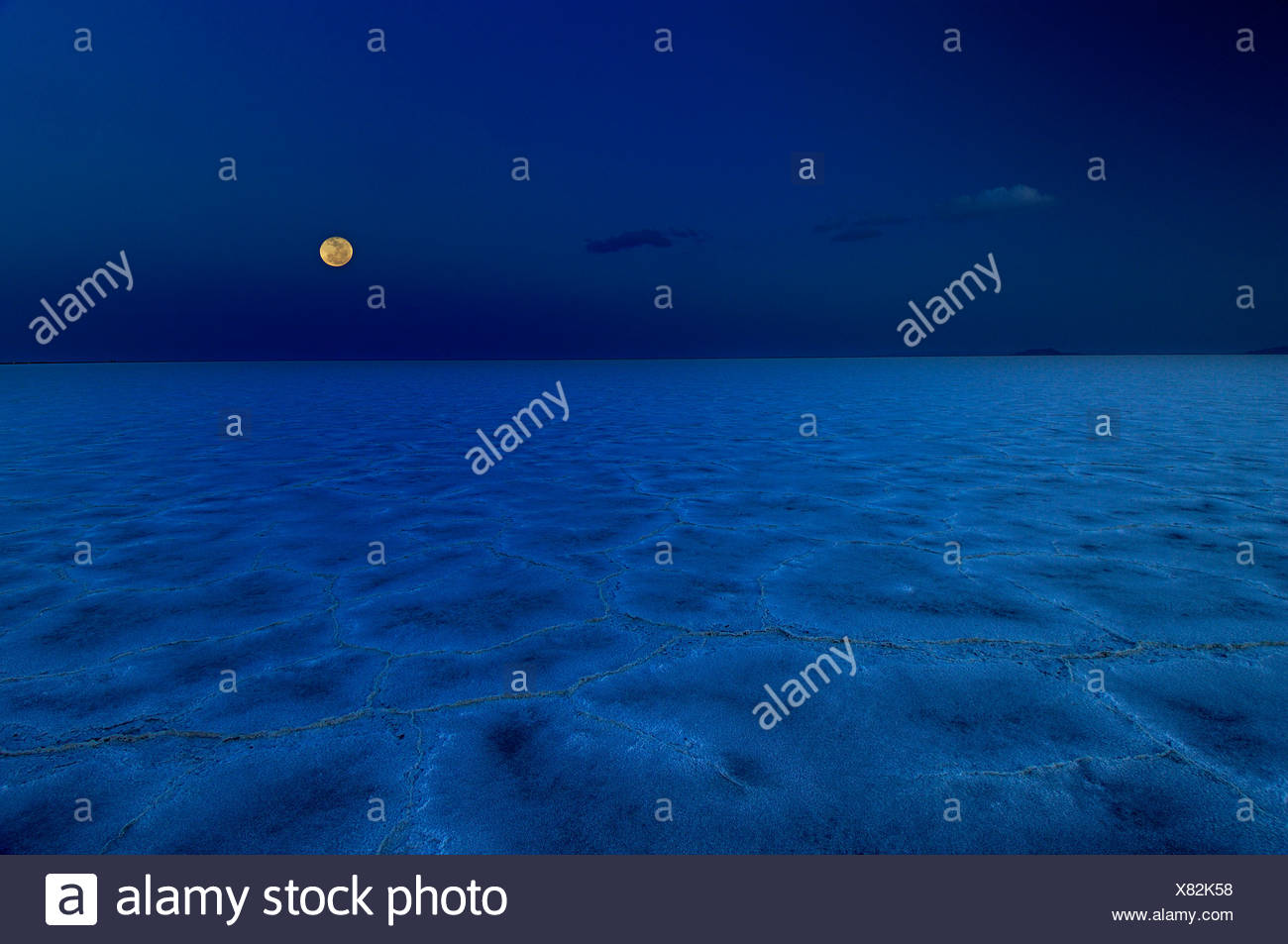

It was easily 100+ degrees when we were there in July. In the summer, the salt gets super hot and causes mirages in the distance. The salt sediment looks and feels like slushy snow that doesn’t melt! Turquoise lagoons and canals crisscross the flats.

It also has a fountain to rinse off your shoes. The Bonneville Salt Flats rest stop has some shaded covering, restrooms and picnic tables. It’s got a metallic taste and not good for cooking. The salt is potassium chloride which is different than your typical table salt. The Bonneville Salt Flats were formed after an ancient lake that evaporated in Utah thousands of years ago. There are only a handful of exits on the way so make sure you don’t miss the turn off because you might end up in Nevada before you can turn around again! About the Bonneville Salt Flats Literally nothing exists on the drive so make sure you fill up on gas before you go. The Bonneville Salt Flats are about a 2-hour drive west of Salt Lake City on I-80. Here’s what to know about planning your trip to the Bonneville Salt Flats. I can only imagine how confounded early explorers in the early 1800s must have been when they stumbled upon this eerie Mars like landscape with white salt bordered with red mountains. The Bonneville Salt Flats are one of the most impressive salt flats in the world and largest in North America. And let me tell you, the Bonneville Salt Flats did not disappoint! After doing a 13 mile hike to the summit of Mount Timpanagos, we didn’t want to do anything active the next day so a drive out to Bonneville was a perfect weekend expedition. The Bonneville Salt Flats are such a cool destination for any road trip through Utah.


 0 kommentar(er)
0 kommentar(er)
